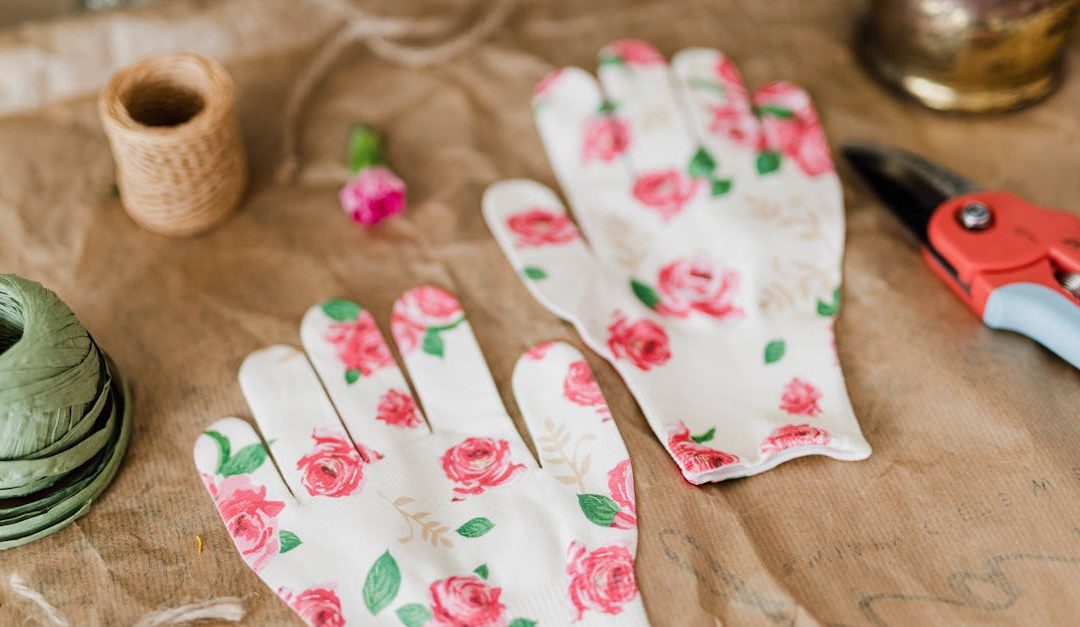Crafting the perfect garden in the Metro East isn’t just about planting a few flowers and hoping for the best. It’s an art form that blends creativity with an understanding of our unique climate and soil conditions. I’ve spent years mastering this art, and I’m here to share some of my top tips to help you transform your outdoor space into a lush, thriving oasis.
Whether you’re a seasoned gardener or just starting out, the key to success lies in choosing the right plants, optimizing your soil, and creating a layout that complements your lifestyle.
From selecting native species that thrive in our environment to implementing eco-friendly gardening practices, I’ll guide you through the essentials of creating a garden that not only looks beautiful but is also sustainable and resilient. Let’s embark on this green journey together and turn your garden dreams into reality.
Understanding the Metro East Climate
The Importance of Climate Zones
In crafting the perfect garden for the Metro East, recognizing the significance of climate zones becomes paramount. The United States Department of Agriculture (USDA) Plant Hardiness Zone Map categorizes the Metro East primarily within zones 6a and 6b.
This classification sheds light on the minimum temperatures the region can experience, guiding me in selecting plants that can thrive in our local climate. Matching plants to our hardiness zone ensures garden resilience and longevity, as these plants are better adapted to withstand the local winter temperatures.
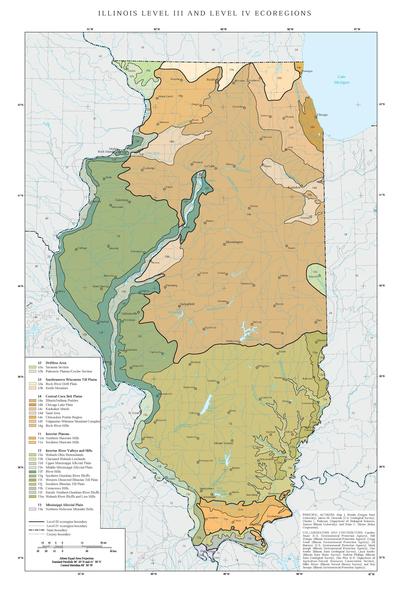
Moreover, understanding our climate zone aids in planning the planting schedule. It influences when to sow seeds indoors, the best time to transplant seedlings to the garden, and when to expect harvests.
For instance, frost-tolerant plants like kale and spinach can be planted earlier in the season, while heat-loving plants such as tomatoes and peppers require warmer soil temperatures, indicating planting after the last frost date.
Seasonal Weather Patterns
The Metro East experiences four distinct seasons, each playing a crucial role in garden planning and maintenance. Spring arrives with unpredictable weather, from warm days that coax out early blooms to late frosts that pose a risk to tender plants. This period calls for vigilance in protecting young plants with frost cloths or delaying planting until the frost danger has passed.
Summer brings heat and humidity, which can stress plants and exacerbate issues like drought and pest infestations. My strategy involves choosing drought-resistant native plants and employing mulching techniques to retain soil moisture and reduce watering needs.
Establishing a consistent watering schedule early in the morning also proves beneficial, helping plants cope with the heat of the day.
Fall is an ideal time for planting perennials and hearty annuals, as the cooler temperatures and typically ample rainfall help new plants establish their root systems. It’s also the season to plant bulbs for spring bloom and to prepare the garden for winter by mulching, pruning, and removing diseased foliage.
Winter, though often overlooked in gardening, offers a critical period for rest and planning. It’s the time to review the past season’s successes and challenges, plan next year’s garden layout, and order seeds. Even in dormancy, some gardening activities continue, such as winter sowing certain perennials and caring for winter-hardy vegetables under protective structures.
Understanding the Metro East’s climate zones and seasonal weather patterns shapes my approach to gardening, ensuring that I work with nature, not against it. It fosters a garden that not only thrives seasonally but lasts year after year, offering beauty, bounty, and a sanctuary for local wildlife.
Selecting the Right Plants
In crafting the perfect garden for the Metro East, picking the right plants isn’t just about what catches the eye; it’s about understanding which species will best adapt to our specific climate and soil conditions.
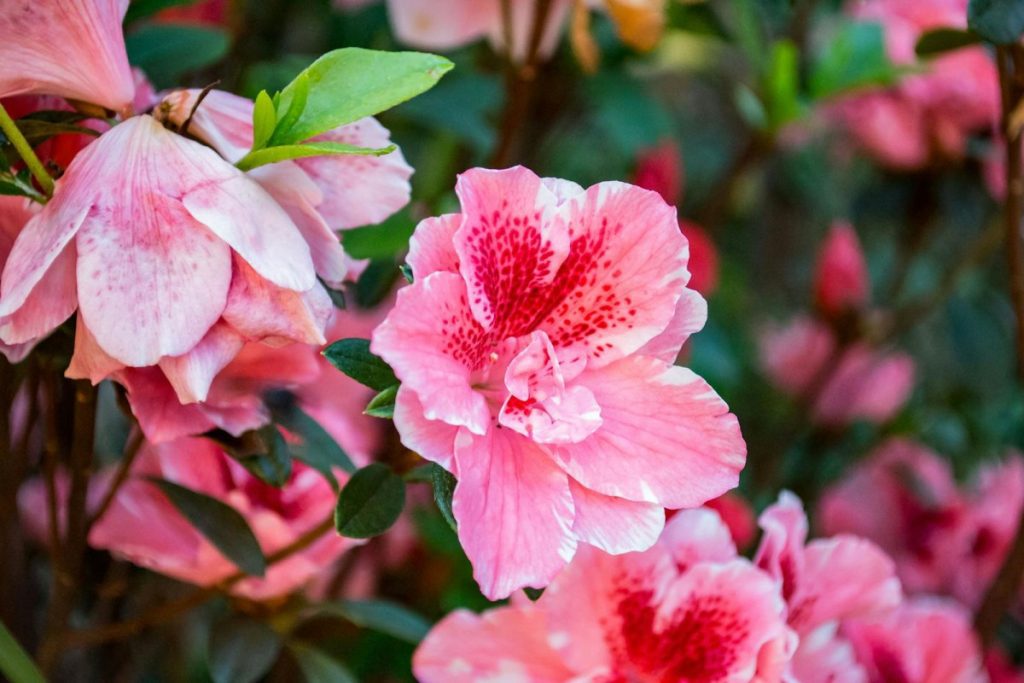
My experience has taught me the importance of choosing plants wisely, considering their ability to thrive in zones 6a and 6b, where our Metro East gardens are situated. Let’s dive into the differences between native and non-native plants, and the role of drought-tolerant plants in establishing a resilient garden.
Native Plants vs. Non-Native Plants
Opting for native plants over non-native species plays a crucial role in garden success here in the Metro East. Native plants, having evolved in our local climate, are adept at dealing with the specific challenges of zones 6a and 6b.
They’re more resistant to local pests and diseases and require less water and maintenance once established. Examples include the Purple Coneflower (Echinacea purpurea) and the Black-Eyed Susan (Rudbeckia hirta), both of which add vibrant colors to a garden while supporting local pollinators.
On the other hand, non-native plants, though they can be aesthetically pleasing, often require more resources and care to maintain. They can also pose a threat to local ecosystems by outcompeting local species. Therefore, I advocate for a garden that leans heavily on native species, not only for their ecological benefits but also for their ease of care.
Drought-Tolerant Plants for the Metro East
Given the varied climate of the Metro East, incorporating drought-tolerant plants into the garden is a smart choice. These plants, once established, can thrive with minimal watering beyond natural rainfall, making them ideal for sustainable gardening practices.
Sedum (Sedum spp.), with its thick, succulent leaves, is an excellent choice for dry conditions. Similarly, Lavender (Lavandula spp.) not only tolerates drought but brings fragrance and color to the garden.
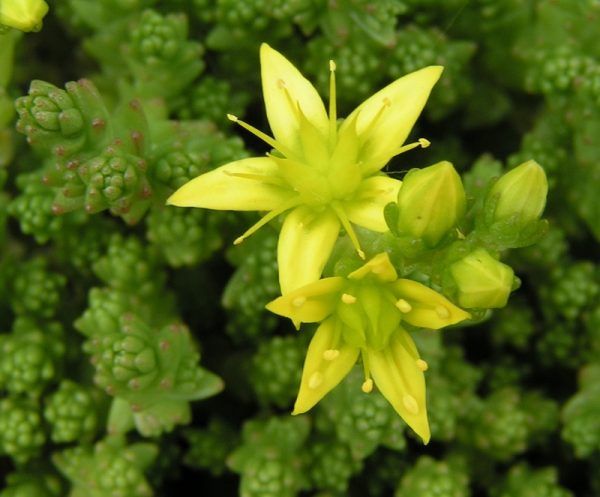
Incorporating drought-tolerant plants does not mean sacrificing beauty for practicality. Many drought-tolerant species offer stunning visuals and can help reduce the garden’s water consumption.
By selecting the right mix of native and drought-tolerant plants, I’ve found it’s possible to create a garden that’s both beautiful and resilient, perfectly suited to the Metro East’s unique environmental conditions.
Essential Garden Tools and Equipment
Transitioning from selecting the right plants and understanding the climate zones of the Metro East, I’ll now dive into the crucial aspect of gardening that every enthusiast must consider: the selection of essential garden tools and equipment.
A well-equipped garden shed can make the difference between a flourishing garden and one that struggles. Here, I’ll discuss the must-have tools that every gardener should possess as well as the importance of investing in quality equipment that can withstand the test of time and the elements.
Must-Have Tools for Every Gardener
For any gardener aiming to craft the perfect Metro East garden, certain tools are indispensable. First and foremost, a durable spade is essential for digging and turning the soil, ensuring it’s ready for planting. Alongside the spade, a sturdy rake is necessary for smoothing soil and clearing debris, creating a clean canvas for your plants.
A pair of reliable pruning shears becomes critical as your garden matures. Perfect for trimming bushes, snipping herbs, and cutting flowers, they help maintain plant health and garden aesthetics.
For smaller tasks, such as weeding and planting seeds, a hand trowel and a weeding fork are invaluable. Their precision allows for delicate work around your plants, minimizing disturbance to their roots.

For watering, a garden hose with an adjustable nozzle or a watering can is a must-have, providing the ability to control water flow and reach all areas of your garden efficiently.
Lastly, considering the Metro East’s varied climate, a good quality wheelbarrow for transporting soil, mulch, and other materials saves time and effort, especially when preparing and maintaining your garden for the changing seasons.
Investing in Quality Equipment
While it might be tempting to save money by purchasing cheaper tools, investing in high-quality garden equipment pays off in the long run. Quality tools not only last longer but also make garden work more efficient and less physically demanding.
For instance, ergonomically designed tools can reduce strain on hands and back, a significant benefit for those who spend long hours tending to their garden.
Furthermore, high-quality tools are often made of better materials, such as stainless steel, that resist rust and degradation. This is particularly important in the Metro East, where humidity and wet conditions can be harsh on garden tools.
Additionally, investing in tools with replaceable parts, like pruning shears with interchangeable blades, means that you can maintain the tool’s effectiveness for years, making it a sustainable choice for your gardening practice.
By marrying the knowledge of native plants and climate with the right set of tools, crafting a perfect garden in the Metro East is not only achievable but also a deeply rewarding experience.
Ensuring you have these essential tools in your shed and opting for quality equipment will set the foundation for a beautiful, resilient garden that thrives throughout the year.
Designing Your Garden Layout
After diving into the essentials of selecting native species, understanding the local climate, and ensuring the right gardening tools are at hand, I’m now turning my attention to another critical component of crafting the perfect garden in the Metro East: designing your garden layout.
A thoughtful design can significantly enhance both the beauty and functionality of your garden space. Let me guide you through two key aspects: planning for sunlight and shade and incorporating hardscaping elements.
Planning for Sunlight and Shade
I’ve learned that the successful growth of your garden heavily depends on understanding how sunlight and shade patterns affect your space throughout the day. This becomes even more crucial in the Metro East, where we experience all four seasons.
Some plants thrive in full sun, while others prefer partial shade, so tracking sunlight in your garden ensures you place each plant in its ideal growing conditions.
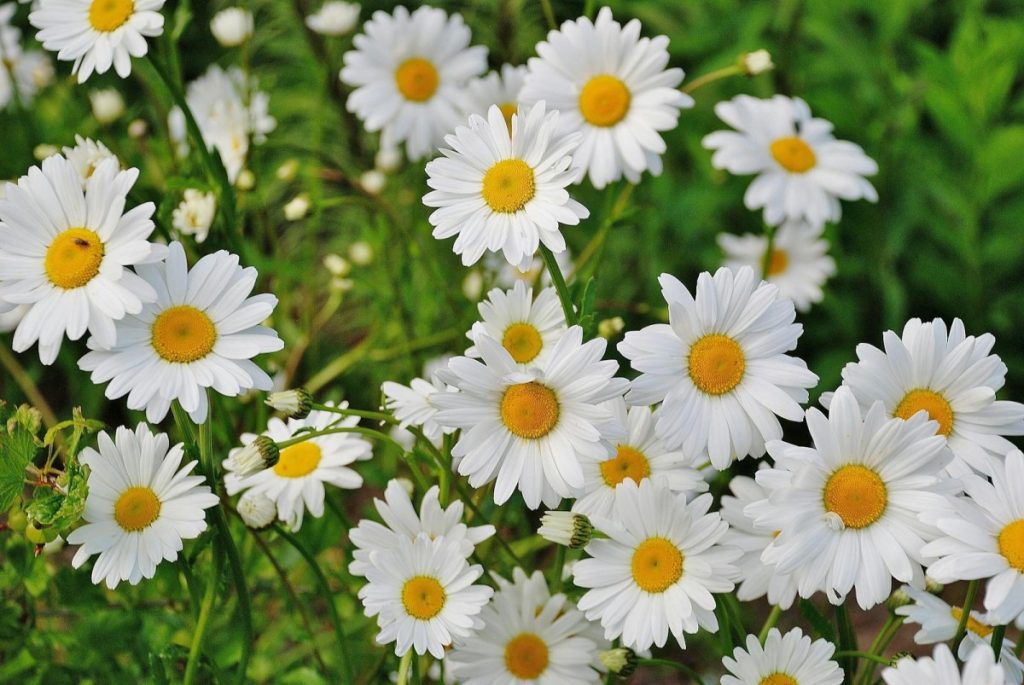
Start by observing your garden at various times during the day to identify which areas receive full sun (at least six hours of direct sunlight), partial sun or shade (three to six hours of sunlight), and full shade (less than three hours of sunlight). This information becomes a roadmap for where to plant sun-loving species like tomatoes and peppers, and shade-tolerant plants such as ferns and astilbes.
Additionally, consider the sun’s trajectory during different seasons. A sunny spot in the summer may not receive enough light in the fall or spring. Seasonal changes in sunlight can drastically affect the performance of your plants. Equipped with this knowledge, you’ll be better prepared to select plants that are not only native to the Metro East but also suited to the specific light conditions of your garden.
Incorporating Hardscaping Elements
While plants are the stars of the garden, hardscaping elements such as patios, walkways, and retaining walls play a crucial supporting role, adding structure and allowing for easier navigation. In the Metro East, incorporating hardscaping can also address common gardening challenges such as sloping land and soil erosion.
I’ve found that choosing materials that complement the local aesthetic and withstand the regional climate is essential. For instance, natural stone works well in many Metro East gardens, blending seamlessly with the landscape and enduring through hot summers and cold winters.
When designing walkways or patios, I recommend using permeable paving options to reduce runoff and help manage rainwater in our often variable climate.
Moreover, hardscaping elements can create microclimates within your garden. A stone wall, for example, can accumulate heat from the sun during the day and release it at night, creating a warmer microclimate that can extend the growing season for some plants. Similarly, shaded areas beneath pergolas or arbors offer a cool respite for shade-loving plants and garden visitors alike.
Maintenance Tips for a Thriving Garden
Transitioning from the foundational aspects of garden layout and material selection, I’ll now dive into the critical practices that ensure a garden not only survives but thrives in the Metro East.
The area’s unique climatic conditions demand specific maintenance strategies, particularly in watering, fertilizing, pest control, and disease prevention. By adhering to these tips, gardeners can ensure their green spaces remain vibrant and productive throughout the year.
Regular Watering and Fertilizing
For any garden in the Metro East to flourish, regular watering and fertilizing are paramount. The region’s weather can be unpredictable, with hot summers potentially drying out the soil. I recommend setting up a watering schedule that aligns with the local climate, typically early in the morning or late in the afternoon to reduce evaporation.
Moreover, understanding the water needs of specific plants in your garden is crucial; native species, for example, tend to require less water than exotic ones.
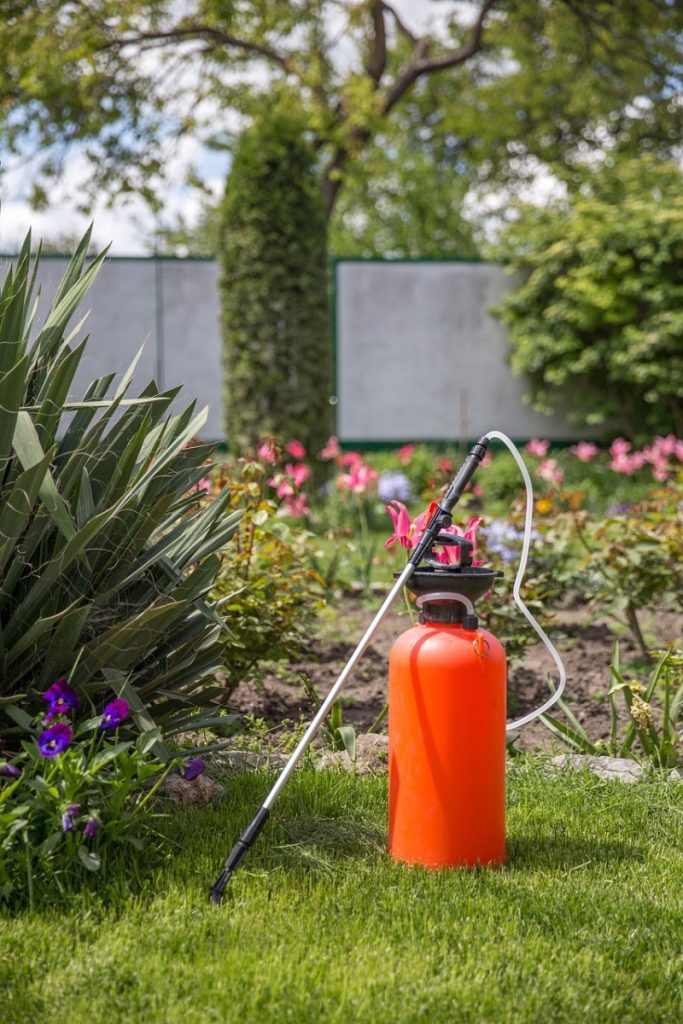
Regarding fertilization, it’s essential to use products that complement the local soil composition. Performing a soil test can reveal nutrient deficiencies, which can then be addressed with the appropriate fertilizers.
Organic options, such as compost or bone meal, support Metro East’s eco-centric gardening ethos by nourishing the soil without the harsh effects of chemical fertilizers.
Pest Control and Disease Prevention
Pests and diseases pose constant threats to gardens everywhere, and the Metro East is no exception. Implementing a proactive approach to pest control and disease prevention can save a lot of trouble down the line. I find that regular inspections of plants for signs of distress, such as discoloration or wilting, help in early detection and treatment of issues.
For pest control, opting for natural predators like ladybugs for aphid management can be an effective, environmentally friendly strategy. Similarly, practicing crop rotation and using disease-resistant plant varieties help prevent the spread of common garden diseases.
If chemical intervention becomes necessary, I always recommend using the least toxic option available and applying it responsibly to minimize the impact on the garden’s ecosystem and the broader environment of the Metro East.
Maintaining a garden that’s not just surviving but thriving in the Metro East involves a balanced approach to watering, fertilizing, and managing pests and diseases. By following these practices, gardeners can create a resilient, vibrant, and productive space that enhances the local landscape and supports biodiversity.
Conclusion
Crafting the perfect garden in the Metro East isn’t just about planting seeds and hoping for the best. It’s about strategic planning, understanding the local ecosystem, and committing to practices that enhance both beauty and sustainability.
By choosing native species and eco-friendly methods, I’ve highlighted how you can create a garden that thrives in our unique climate. Incorporating thoughtful design, from sunlight optimization to hardscaping, not only addresses the practical aspects of gardening but also transforms your space into a serene retreat.
Remember, regular maintenance and a proactive approach to pest and disease control are key to sustaining your garden’s health and vibrancy. Embrace these strategies, and you’ll enjoy a resilient, flourishing garden that contributes positively to the Metro East landscape.
We hope you are enjoying these articles and are willing to continue to follow along as we share our adventures of learning about life in southern Illinois, This is an exciting area and we are so happy to be part of this area. Our lives are being fulfilled by the people we are meeting. Bruce & Karen.
This website is a participant in the Amazon Services LLC Associates Program, an affiliate advertising program designed to provide a means for sites to earn advertising fees by advertising and linking to Amazon.com and affiliated sites. As an Amazon Associate, I earn from qualifying purchases.
We’re Bruce and Karen Carlson. We recently moved to the Metro East area of Illinois. This area is east of St. Louis from the Mississippi River north to Alton, east to Carlyle, back south to Waterloo and the Mississippi River, finally north to Columbia. The center is Fairview Heights, Swansea, Belleville, Shiloh, and O'Fallon. Not to be forgotten is Southern Illinois University (SIU) in Edwardsville. It’s a whole new world out there. Our goal with this website is to share our exploration of the Metro East area. As we find businesses and services we use in our daily lives, we’ll share how these businesses and services have helped make our lives better and easier to live.
We’re calling our move to the Metro East area retirement, but we’re not quite sure what that means. By sharing our story with you, we hope you too will gain a better sense of what the Metro East area has to offer and how their businesses and services can improve your lives and build a better community.

